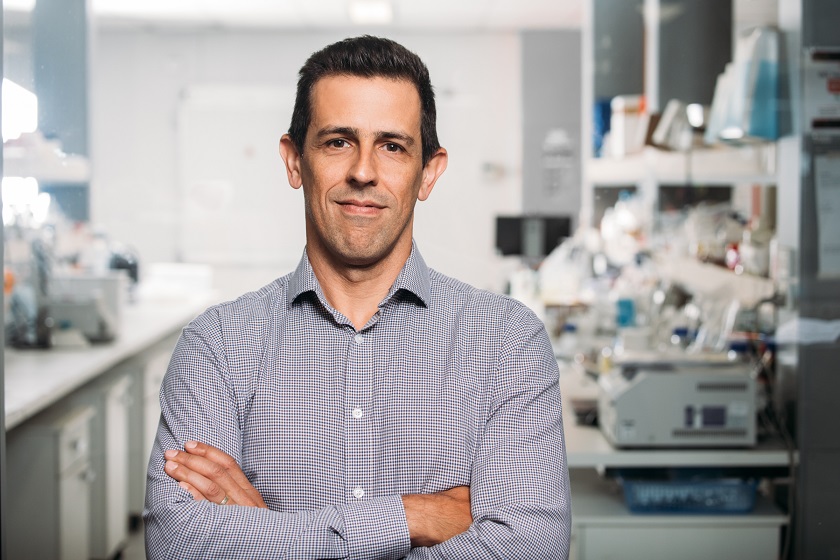- Non-urgent emergency department presentations have plummeted by more than 13 per cent after the opening of satellite hospitals.
- Almost 20,000 patients treated for non-urgent emergency care in three months.
- More than 90 per cent of patients receive treatment and leave within four hours.
- An additional $4.6 million to bolster staff.
- Performance results published online for the first time as part of push to improve health data transparency.
The pressures on some of Queensland’s busiest emergency departments have eased significantly since the introduction of Satellite Hospitals, new data has revealed.
The number of non-urgent presentations to emergency departments (Category 4 and 5) at Caboolture, Redland, Ipswich, The Prince Charles and Robina hospitals has plummeted by 13.7 per cent during the December quarter.
Ipswich Hospital – which had more than 19,000 emergency department presentations in the December quarter – experienced the greatest fall of non-urgent presentations at 26 per cent, followed by Caboolture (15.1 per cent), Redland (14.3 per cent), Robina (10.9 per cent) and The Prince Charles (8.5 per cent).
Every non-urgent presentation at an emergency department still requires triage and assessment and treatment by a doctor. Minor injury and illness clinics at satellite hospitals allow busy emergency departments to put resources towards seeing sicker people sooner.
The results are contained in the latest round of hospital performance reporting, which for the first time contains a breakdown of satellite hospital data, including the number of presentations, the length of patient stay and outpatient services.
The five satellite hospitals already opened all boast minor injury and illness clinics that treated a combined 19,262 patients for the quarter to December 2023 – many of whom would have attended an emergency department if satellite hospitals were not operating.
This is in addition to providing 8,716 outpatient appointments.
Almost 95 per cent of patients who presented to a satellite hospital between October and December 2023 stayed for less than four hours.
These positive results are thanks to the dedicated frontline staff working in the five facilities to ensure patients receive timely and efficient care.
And the incredible uptake of the services has seen $4.6 million invested to deliver an additional 27 staff to the satellite hospital workforce.
The five sites came online in the second half of 2023, with two more satellite hospitals at Eight Mile Plains and Bribie Island due to open this year.
A network of satellite hospitals is being built in the busy South-East corner to divert non-urgent cases away from emergency departments and provide people with treatment in more convenient settings.
Quotes attributable to the Minister for Health, Mental Health and Ambulance Services and Minister for Women Shannon Fentiman:
“The proof is in the numbers – satellite hospitals are treating thousands of Queenslanders quickly, efficiently and for free while taking pressure off our busy emergency departments.
“Satellite hospitals work.
“The significant drop in non-urgent presentations to emergency departments shows satellite hospitals are doing what they were intended to do.
“The fact almost 20,000 people visited one in a three-month period shows Queenslanders back satellite hospitals and clearly understand their purpose.
“The Queensland Government continues to back them as well, which is why we have invested $4.6 million to deliver an additional 27 staff to the satellite hospital workforce.
“We constantly hear that the community’s biggest health concern is a lack of GP access. These services are helping bridge the GP access gap and keep people from going to an ED because they had nowhere else to go.
“The opening of new satellite hospitals on Bribie Island and at Eight Mile Plains later this year will build on these positive results and provide the community with even more access to timely and appropriate healthcare close to home.
“The $377 million investment is part of the Queensland Government’s record $25.8 billion investment in the healthcare system, which is delivering new and upgraded hospitals and health facilities and employing thousands of additional frontline healthcare workers.
“In line with my commitment to health data transparency, I have asked the department to publicly release information on satellite hospitals alongside existing quarterly reporting.
“This ensures Queenslanders can monitor the performance of satellite hospitals, as they can for other hospitals and health facilities.”







